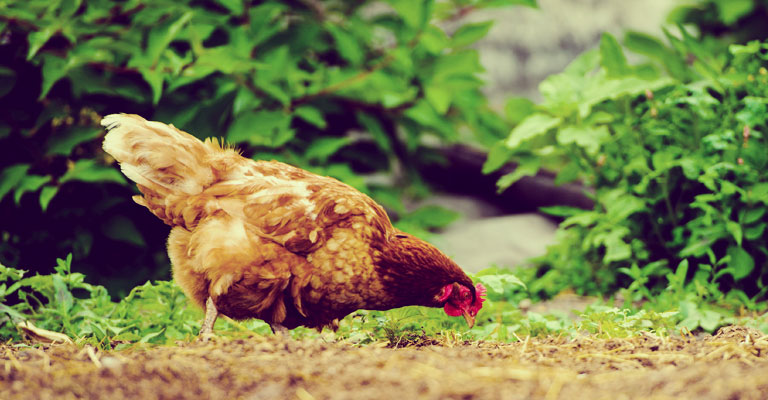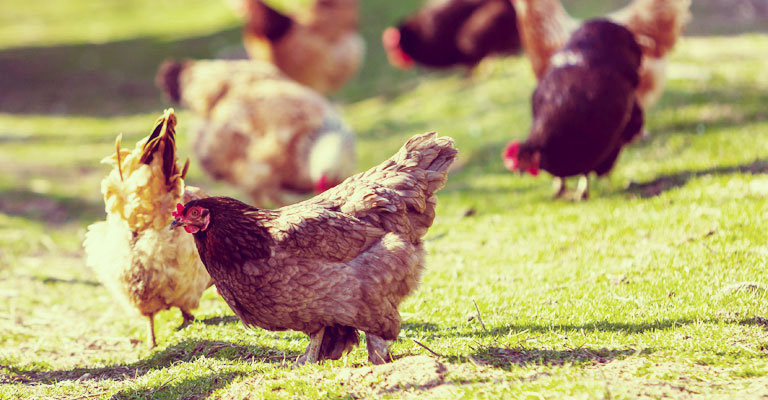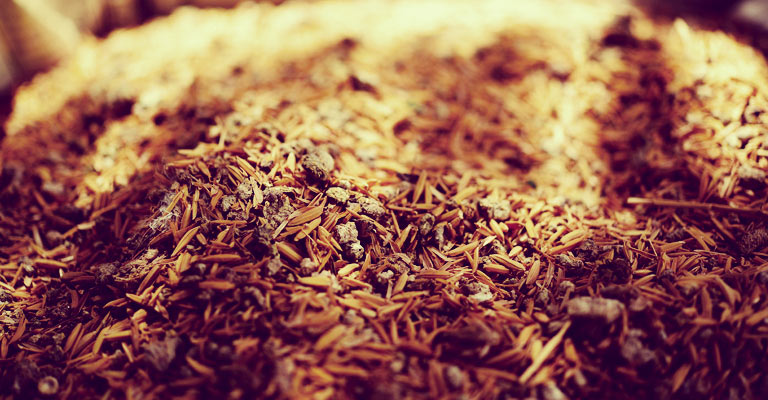
Chicken manure: It may be smelly and downright disgusting, but it’s one of the nicest things you can do for your vegetable garden. That doesn’t mean, however, that you can simply toss chicken poop on your garden and wait for miracles to happen. Using chicken manure effectively (and safely), requires a few simple but critical steps.

A single chicken produces about 2 cubic feet of manure every year. That manure provides generous amounts of nitrogen, potassium, calcium, phosphorus and other essential nutrients – even more than an equal amount of horse or steer manure. .
To sweeten the deal even more, straw or other bedding material used in the chicken house or yard goes into the garden along with the manure. This rich blend of organic material improves the soil by enhancing drainage, increasing water-retention, improving soil structure and reducing erosion.

Before you add it to the garden, chicken manure must be adequately processed to destroy E.coli, salmonella, and other dangerous pathogens. In the compost pile, chicken manure can be ready in four to six months, but only if it’s turned regularly. Otherwise, it isn’t safe for use for six months to a year.
How can you tell the manure is ready to use? It will no longer be noticeably smelly, and straw or other litter will be completely incorporated into the compost and no longer recognizable.
You can also process chicken manure by simply storing it in a safe, protected location where the substance can “age.” Aging won’t kill the pathogens in the same way as compost, but they will die naturally in about a year. Be sure kids and pets can’t get into the storage area. Take steps to ensure that contaminated water doesn’t run into storm drains or places where people gather.
If you aren’t sure chicken manure is safe, allow 120 days between application of chicken manure compost and harvest of plants with edible parts that touch the soil, including carrots, beets, lettuce or strawberries. Cucumbers, pole beans and other trellised plants that don’t touch the ground are safe to harvest and eat in 90 days.
If composting and aging seem like too much work, the easiest way of all is to simply work uncomposted chicken poop into the garden in fall, then till the soil again as soon as the ground is ready to work in spring.
Subscribe to our newsletter to receive our gardening tips, news and more directly in your inbox! Fill in the form below. Please note that fields with an * are required.